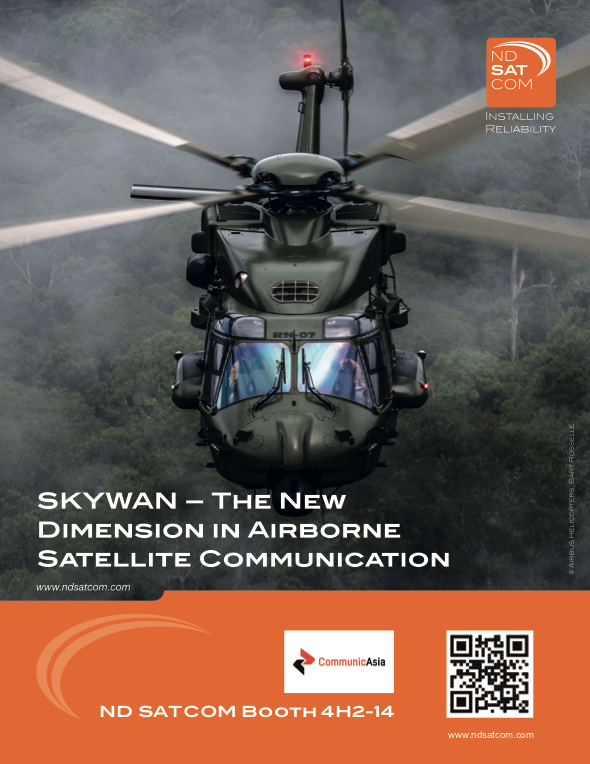In-flight connectivity (IFC) has come a long way since its early days of limited channels displayed on small screens on the back of seats and pay per use phone service.
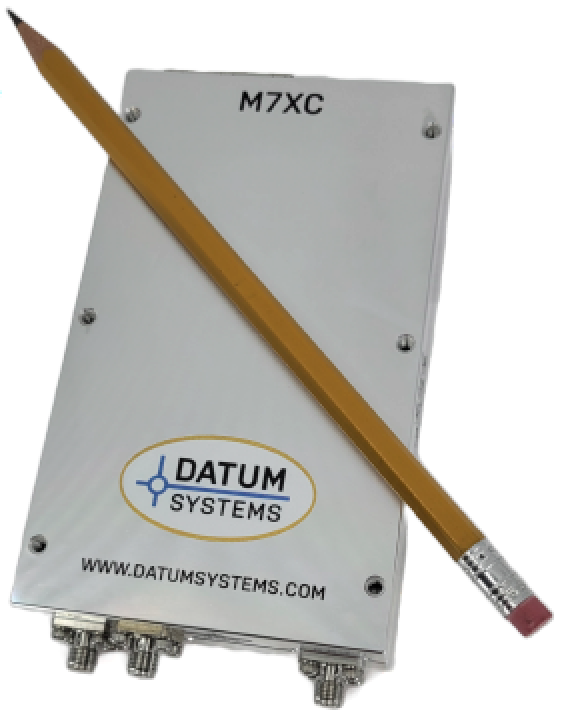
Datum M7XC Aero and UAV Chassis
Mount Modem
By offering a high-quality, in-flight communications experience, airlines can differentiate themselves from their competitors and create a positive impression on their passengers. This can lead to increased customer loyalty and repeat business.
With the advancements in satellite communication capabilities, new Ku- and Ka-band capacity, as well as new satellite / constellation options such as High Throughput LEO, GEO, and MEO, satellite connectivity has become the dominant choice for aircraft connectivity.
One of the primary benefits of providing IFC using satellite communications (SATCOM) technology is the improved passenger experience. In flight movies and locally stored media, such as music and in-flight gaming, are a part of that experience; however, connectivity to email, social media, video and other real time content that requires access to the internet needs a wireless connection to the internet.
Early aircraft connections used air-to-ground (ATG) direct connections, but as capacity demands grew, aircraft to satellite offered much higher capacities and a better, overall user experience. The long-term goal of the airlines is to offer their customers an experience similar to the broadband service they enjoy using at the office or home..
IFC using SATCOM technology can also generate significant dividends for airlines. Passengers can purchase access to Wi-Fi and other entertainment options, providing an additional source of revenue for airlines. Although some airlines are looking to offer free access (priced into the cost of the ticket itself) CNN reported that in-flight revenue as of September 2022 was near $5 billion and expected to grow to $12 billion by 2030.
Selecting the correct technology and service provider to differentiate and meet or exceed expectations is critical to capturing potential revenue growth. Among the many choices an airline must make is the selection of turn-key solutions vs. purpose-built design and optimization of the network.
A turn-key provider can offer a solution that includes satellite capacity, flight hardware, ground equipment, connectivity and support services. While this can be seen as a one-stop-shop offering, competing airlines may view these solutions as “me too” with no real differentiation of the actual user experience.
Datum Systems Inc., a global leader in SATCOM and Troposcatter communication modems is an OEM manufacturer that engineers, develops and sells modems to more than 120 countries around the globe. Datum focuses on compact, efficient and feature rich products that can be used as standalone platforms in traditional fixed ground stations, or readily integrated into mobile ground, aero, man-pack or maritime terminals.
Datum modems specifically target opportunities where size, weight and power (SWaP) are a crucial focus. Satellite modems are GEO, MEO, LEO and HTS capable and offer a large feature set, high efficiency and high throughput in a SWaP package.
Datum Systems is working with partners and platform integrators to offer custom solutions for the airline and maritime community and the firm’s products are currently being used in hundreds of commercial aircraft.
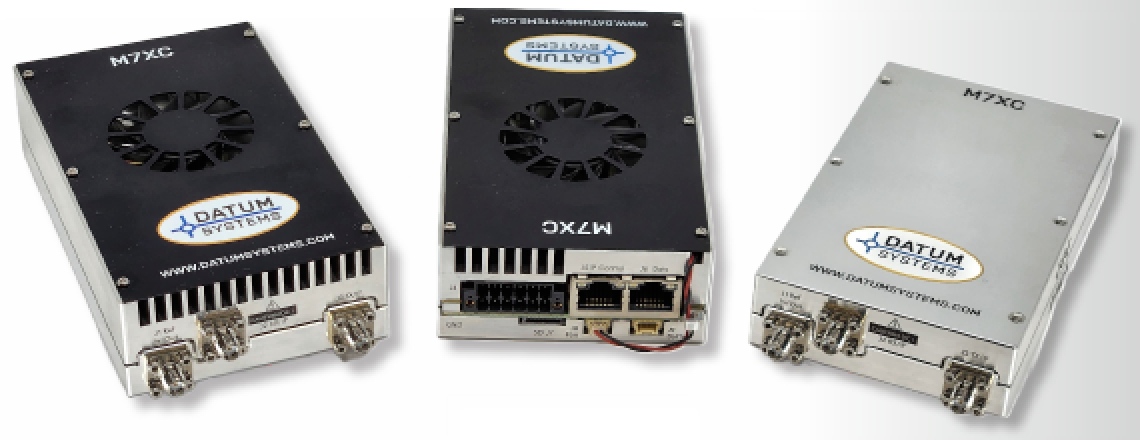
Datum M7XC family, Stand Alone Modem and Chassis Mount Modem
Datum has focused on providing solutions that enable service providers to customize service offerings and differentiate customer experience, rather that offering a pre-packaged, one size fits all solution.
Datum’s M7XC modem is extremely compact (3”x5”x1” roughly the size of today’s smart phone) weighs under 1lb (0.45 kg) and requires <25W power. The in-flight modems can be integrated into a variety of ARINC (Aeronautical Radio Incorporated) modules, MODMAN multi-modem packages, mounted on frame plates or installed in racking systems.
Datum modems are also integrated into UAV aircraft for government and commercial use. The SWaP package is ideal for aviation solutions.
Despite the unit’s size and weight, the MX7XC is a full featured modem that offers on the fly, selectable waveforms from high throughput, high efficiency DVB-S2X @ >560 Mbps, ultra-low latency LDPC (Low-density parity-check), and highly protected interference resistant Spread Spectrum waveforms.
User data is protected with commercial AES-256 (Advanced Encryption Standard) encryption or, optionally, FIPS 140-3 (Federal Information Processing Standard Publication 140-3 U.S.. Government security standard), certifiable encryption. Satellite and constellation selection is assisted with interfaces to the antenna and modem aware satellite and beam map coverages.
Customization and differentiation of services are made available to the service provider through a variety of available software selectable features and a wide choice of Application Programming Interfaces (API).
Datum enables the service provider to customize their solution by offering multiple form factors, waveform and feature selection a variety of fallback / failsafe modes, and a range of APIs to tie into the service providers decision engine. This enables the service provider to take more control of the overall solution, optimize the user experience and make changes to their environment on a trial or full-time basis.
The operator manages their own decision engine, monitor and control sub-system and interface to billing and support tools. This customization drives a stronger relationship between the service provider and the airline themselves as the operator can react to new demands and capabilities closer to real-time rather than relying on a VSAT provider to make changes to a one size fits all platform.
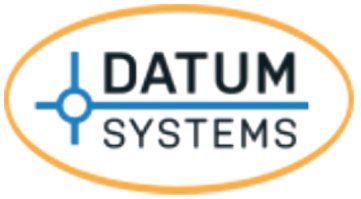
In spite of all of the challenges associated with providing IFC entertainment using SATCOMtechnology, the future of in-flight entertainment looks bright. Retrofit and line-fit satellite solutions for IFC have continued to increase in demand. The decision to use a turn-key solution or customize an optimized solution for airlines and operators is challenging and long-term vision of the service offering should be a critical consideration when selecting the appropriate equipment for IFC.
datumsystems.com
With more than 100 configurations that can be stored and recalled or loaded upon operator selectable criteria, the modem can switch between satellites and constellations with acquisition times typically less than 20 ms. The service provider is able to configure the in-flight equipment to maximize user traffic rates, adapt rates for weather conditions, select waveforms in challenging environments or when aircraft skew becomes an issue.
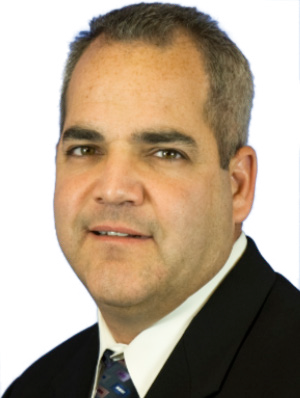
Louis Dubin
Author Louis Dubin is Vice President Development and Marketing for Datum Systems, overseeing product strategy, direction and life cycle management for the company’s satellite and troposcatter products. Prior to this role, he held executive management positions at Comtech Satellite Network Technologies Inc. in product management, engineering, sales and marketing and was President of Radyne Corporation. Dubin joined Datum Systems in 2023 and has over 30 years of experience in the satellite and wireless communications industry.


